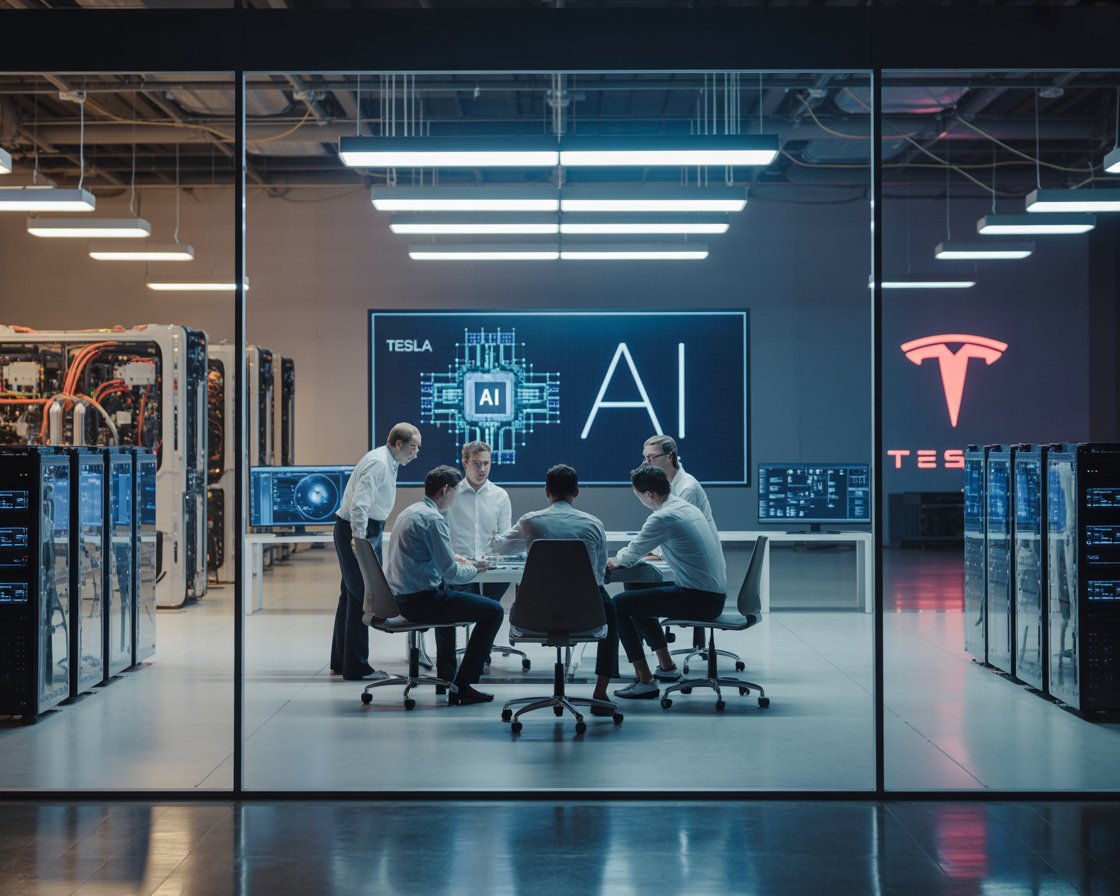Tesla scraps its Dojo AI supercomputer to focus on AI5/AI6 chips and partner with Samsung, Nvidia & AMD—how this reshapes its autonomous future.
Tesla Cancels Dojo Supercomputer, Shifts to External AI Partnerships
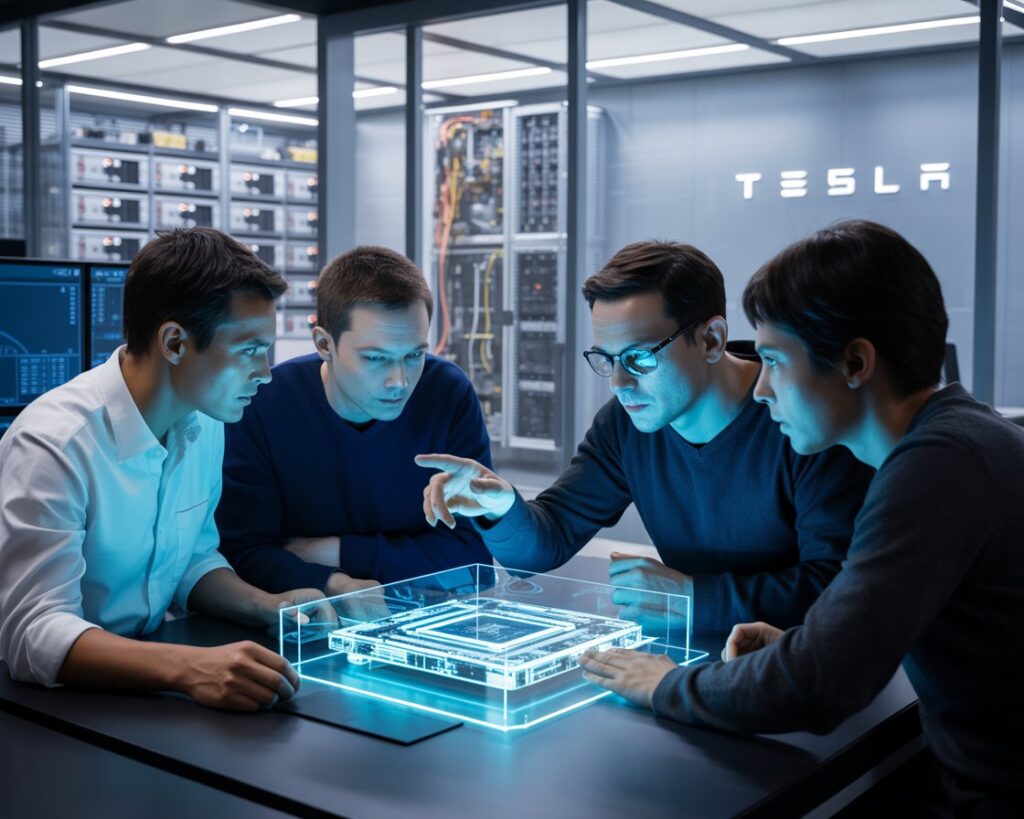
Introduction
In a bold move echoing through Silicon Valley and Wall Street, Tesla has officially shelved its ambitious Dojo supercomputer project. The carmaker is turning its attention away from in-house AI hardware training, stepping back from its own custom compute cluster in favor of powerful external partners like Samsung, Nvidia, and AMD. The decision signals a seismic strategy shift in how Tesla will power the brains behind its self-driving and robotics ambitions.
What’s Going On with Dojo?
- Tesla has disbanded the Dojo team—its internal supercomputer initiative—marking a dramatic pause in the development of that project. Team leader Peter Bannon has departed, and about 20 engineers have already spun off to a company called DensityAI. Remaining staff are being reassigned within Tesla. ReutersThe Verge
- Dojo had once been touted as the cornerstone of Tesla’s AI training pipeline, with analysts such as Morgan Stanley placing a staggering $500 billion hypothetical value on the project. ReutersStatesman
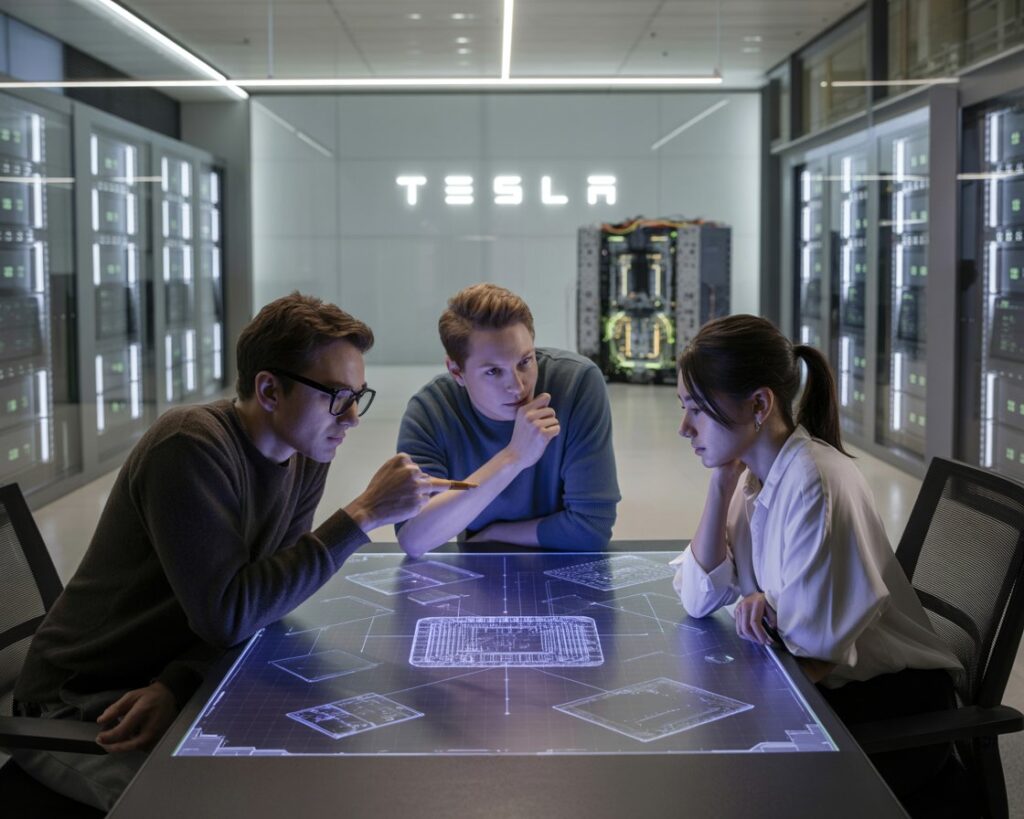
Why the Pivot?
Elon Musk Has Spoken
- Musk publicly stated, “It doesn’t make sense for Tesla to divide its resources and scale two quite different AI chip designs,” asserting a unified focus on the upcoming AI5 and AI6 chips, which are optimized for inference and “pretty good for training.” ReutersTeslarati
Strategic Partnerships Form the New Backbone
- Tesla has inked a $16.5 billion deal with Samsung to manufacture AI6 chips, positioning them as a key partner through 2033. StatesmanThe Verge
- The company is also deepening collaboration with Nvidia and AMD for compute infrastructure. The VergeInvestors.com
Talent Exodus and Internal Restructuring
- Dojo’s demise followed a notable exodus: roughly 20 team members left to form DensityAI, alongside the departure of key leaders—making retention and execution increasingly challenging. TechCrunchThe Verge
Impacts and Reactions
Market Moves
- Tesla’s stock rose in response—up approximately 2–2.5%—as investors appeared to interpret the shift as a prudent consolidation of AI efforts, rather than spreading thin across competing architectures. Barron’sInvestors.com
Industry & Investor Sentiment
- While the Dojo project had potential, Musk’s decision to pivot toward in-house chip designs and trusted partners may signal financial and operational discipline—a move that could benchmark sharper returns in the long run. Investors.comBarron’s
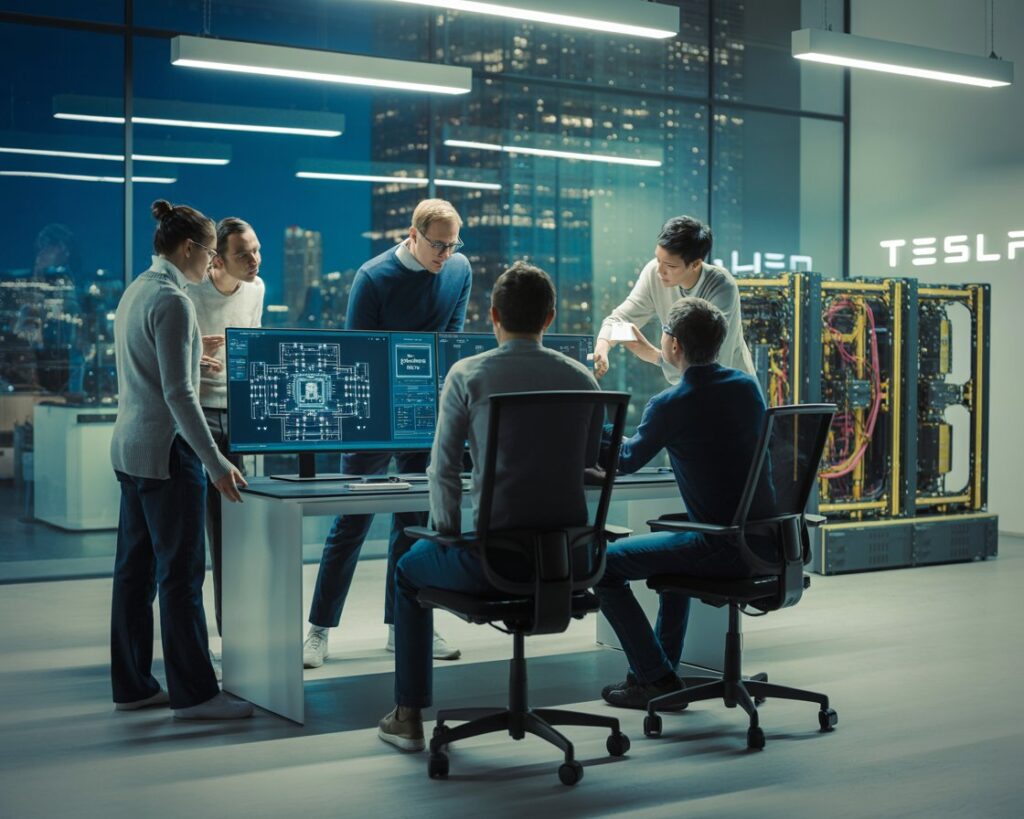
Broader AI Strategy
- Tesla isn’t abandoning its AI ambitions—it’s redrawing them. The focus now shifts to chips that serve both autonomous vehicles (Tesla Roadster/Robotaxi) and humanoid initiatives (Optimus), built on scalable external infrastructure. Investors.comTechCrunch
Quick Summary: Project Dojo vs. The New Model
| Aspect | Dojo Supercomputer (Past) | New AI Strategy (Now) |
|---|---|---|
| Development Style | Fully in-house, custom chip + cluster | Hybrid: in-house design (AI5/AI6) + external fabrication |
| Key Team & Talent | Led by Peter Bannon; now disbanded | Talent redirected internally or moved to DensityAI |
| Partners & Suppliers | Minimal external reliance | Strong ties with Samsung, Nvidia, AMD |
| Strategic Focus | Training-heavy infrastructure | Unified chip architecture for training & inference |
| Market & Investor View | High-risk, high-reward potential | Efficiency-focused, lower breakthrough risk |
What This Means for U.S. Readers & Tech Enthusiasts
- Tesla’s self-driving and robotics roadmap remains on course—just with a reshunted trajectory.
- The AI hardware race increasingly favors collaboration over siloed innovation—Tesla is following suit.
- Tesla’s Wall Street narrative may shift from speculative tech leaps to strategic alignment—and investors seem receptive.
- For those tracking robotaxi and Optimus rollouts, the supporting compute may now come from a trusted global tech network, rather than Tesla’s labs.
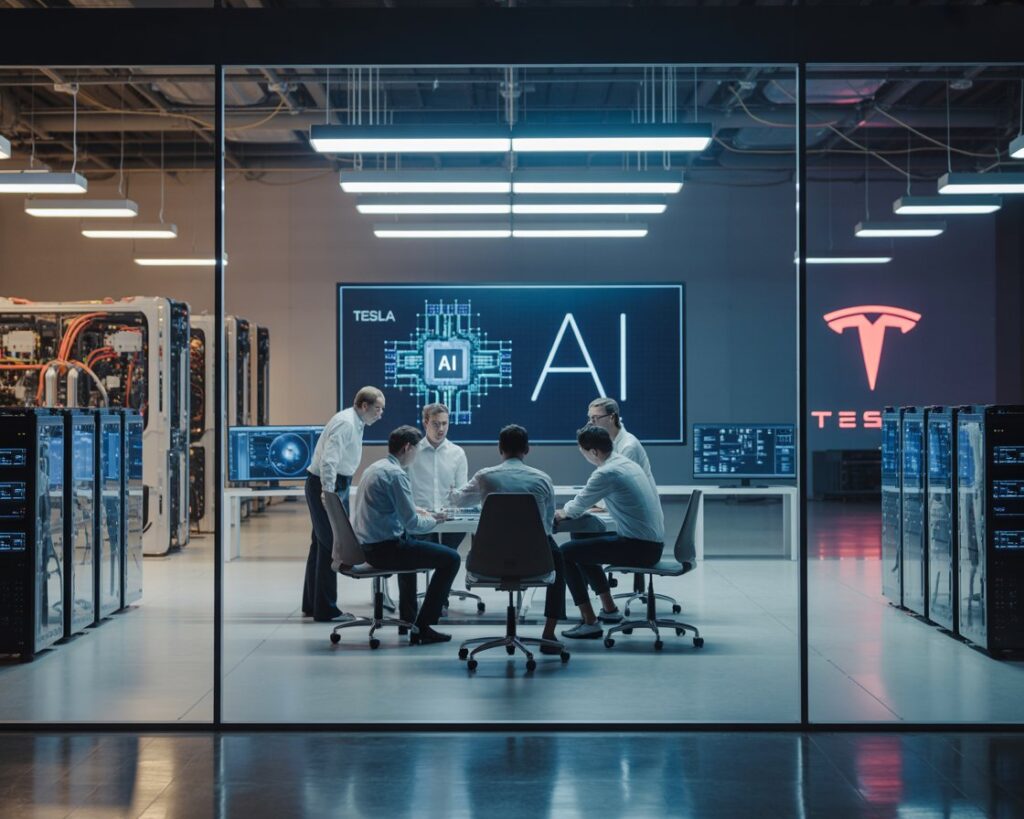
Conclusion: What’s Next for Tesla—and What That Means for You
Tesla’s cancellation of Dojo is less about abandoning AI and more about refining how it executes on its ambitions. By putting all chips—metaphorical and literal—on AI5 and AI6, while forging alliances with semiconductor powerhouses, the company is setting a leaner, more scalable path toward autonomy and robotics.
The real talk among U.S. tech and business readers should now center on:
- How efficient these partnerships prove to be.
- Whether Tesla’s in-house chips truly deliver across training and inference.
- The future of self-driving—robotaxi deployment, regulatory response, and whether Tesla’s new compute playbook can help it stay competitive.
Let’s discuss: Do you think giving up Dojo was a savvy pivot—and will Tesla’s new AI strategy help it dominate, or is it conceding its edge?
